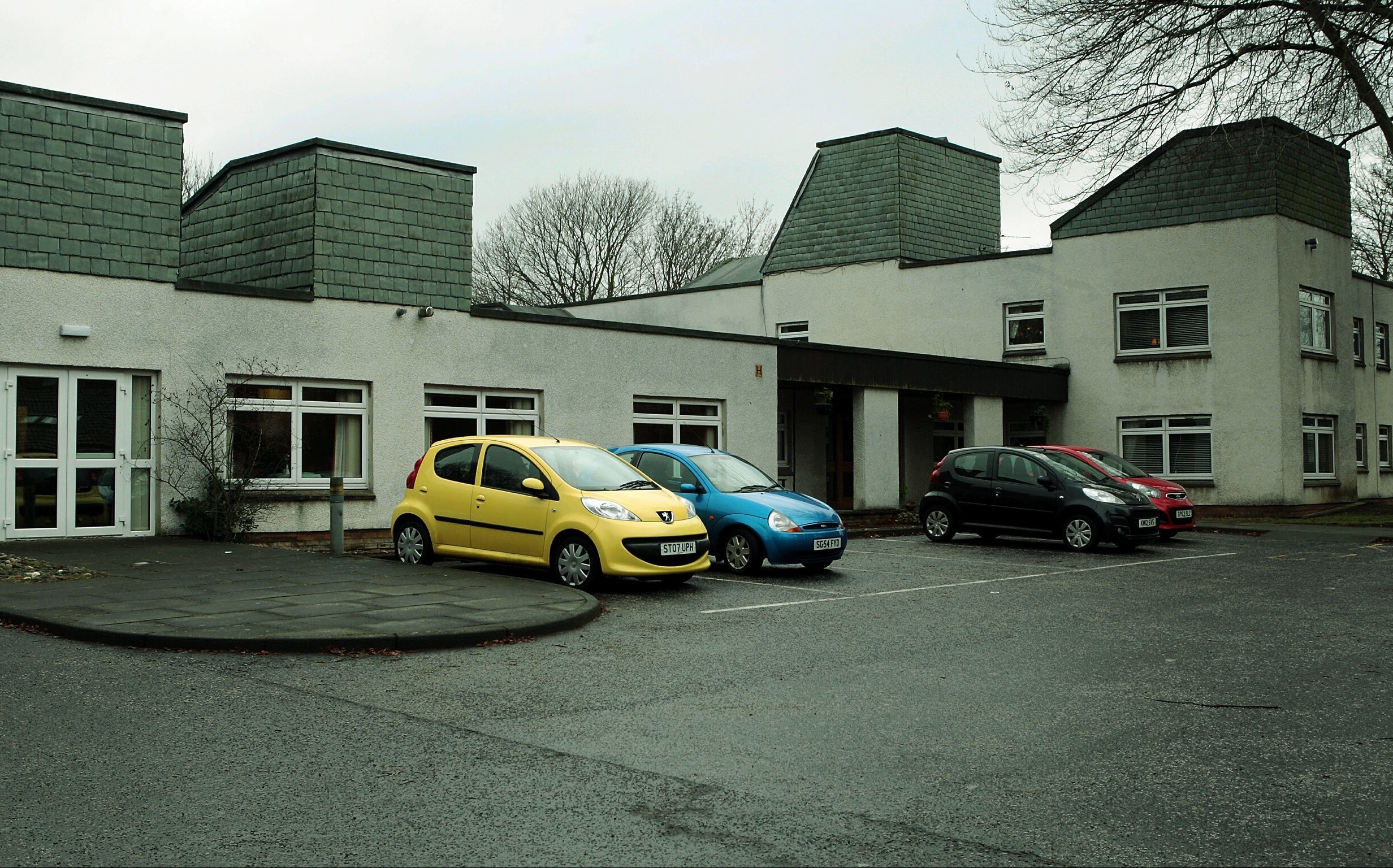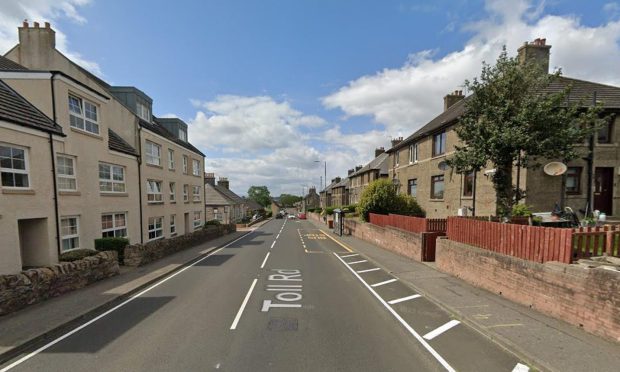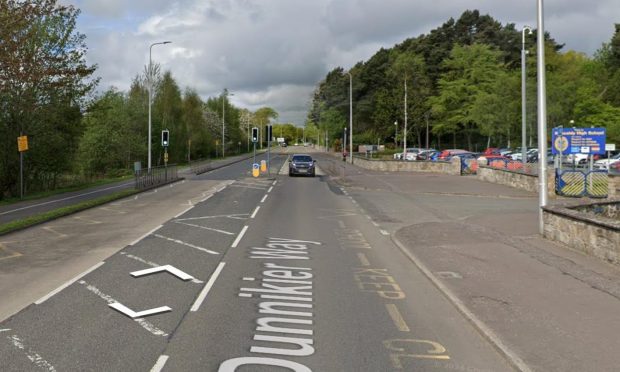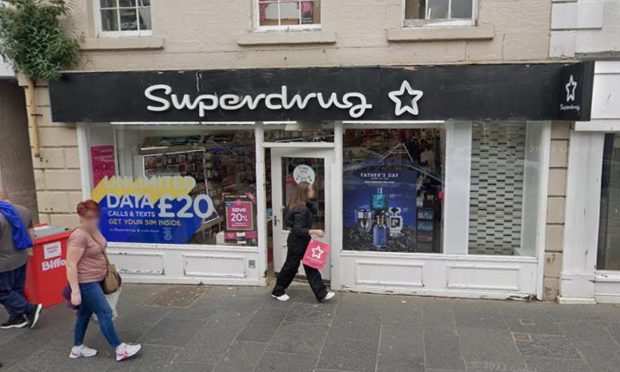Fife Council has announced controversial plans to build five luxury homes to sell on the open market.
The £300,000 four and five-bedroom houses would be built next to a planned children’s home in an upmarket area of Kirkcaldy.
The Labour council is thought to have earmarked around £1 million for the scheme, which could be a first in Scotland.
Officers say building the houses next to the residential home at Raith Gates would make the looked-after children less obvious in the community after a number of residents campaigned against having them there.
It would also mean the youngsters would not have to endure building work on the site if it was later sold to a private developer.
But the proposal, which could leave the council open to legal action, has caused outrage among opponents who claim it is not the local authority’s place to build private, luxury houses.
There are also concerns it has learned nothing from the Madras College saga which resulted in a lengthy and expensive legal battle.
The council’s head of assets, Ken Gourlay, said the law normally prevented local authorities from building houses for sale at a profit.
It would be allowed under special powers, however, if it could be shown it would benefit the community.
In this case, he said, it would ensure the social and mental health of the vulnerable children living in the home.
He added that while a legal challenge was possible, the risk was low.
Mr Gourlay said there was no intention to make a profit and added: “In these particular circumstances the sale of the houses is not considered to constitute a trading operation.”
SNP councillor Neale Hanvey has criticised the move, claiming there had been no consultation and no consideration of previously identified options.
“There is no detail on who was consulted in the development of the paper, not least the care-experienced young people, who are our greatest resource in ensuring we get such things right,” he said.
“On top of this apparent disregard for the young people, I am sure I am not the only one asking with no small sense of bewilderment, since when did the council become a developer of luxury homes?”










